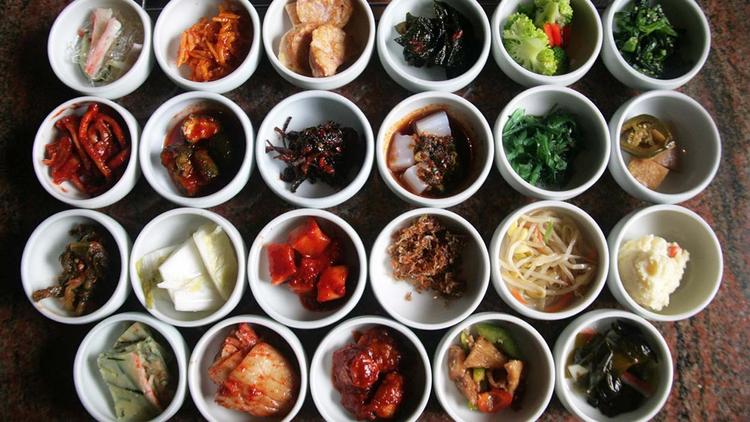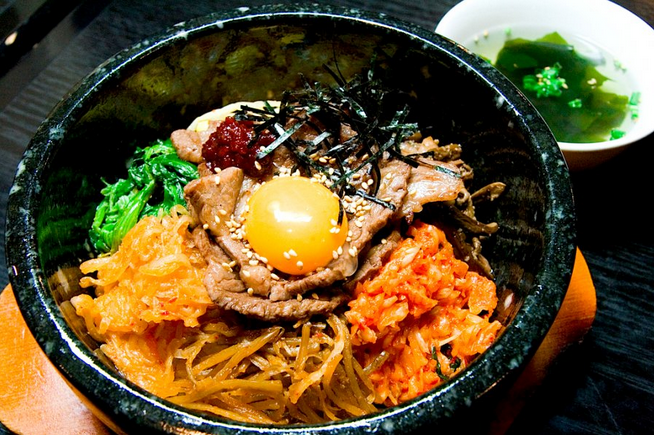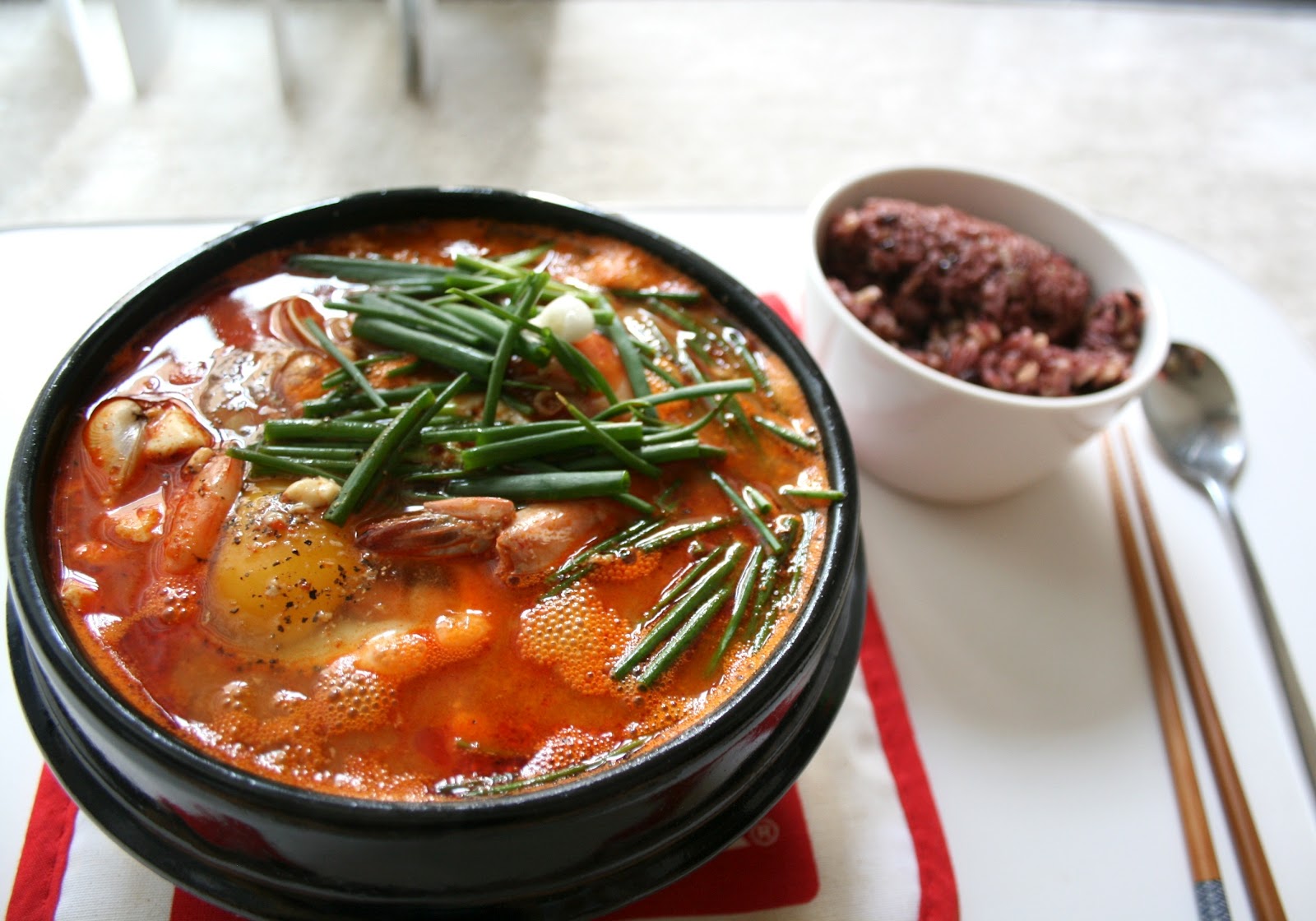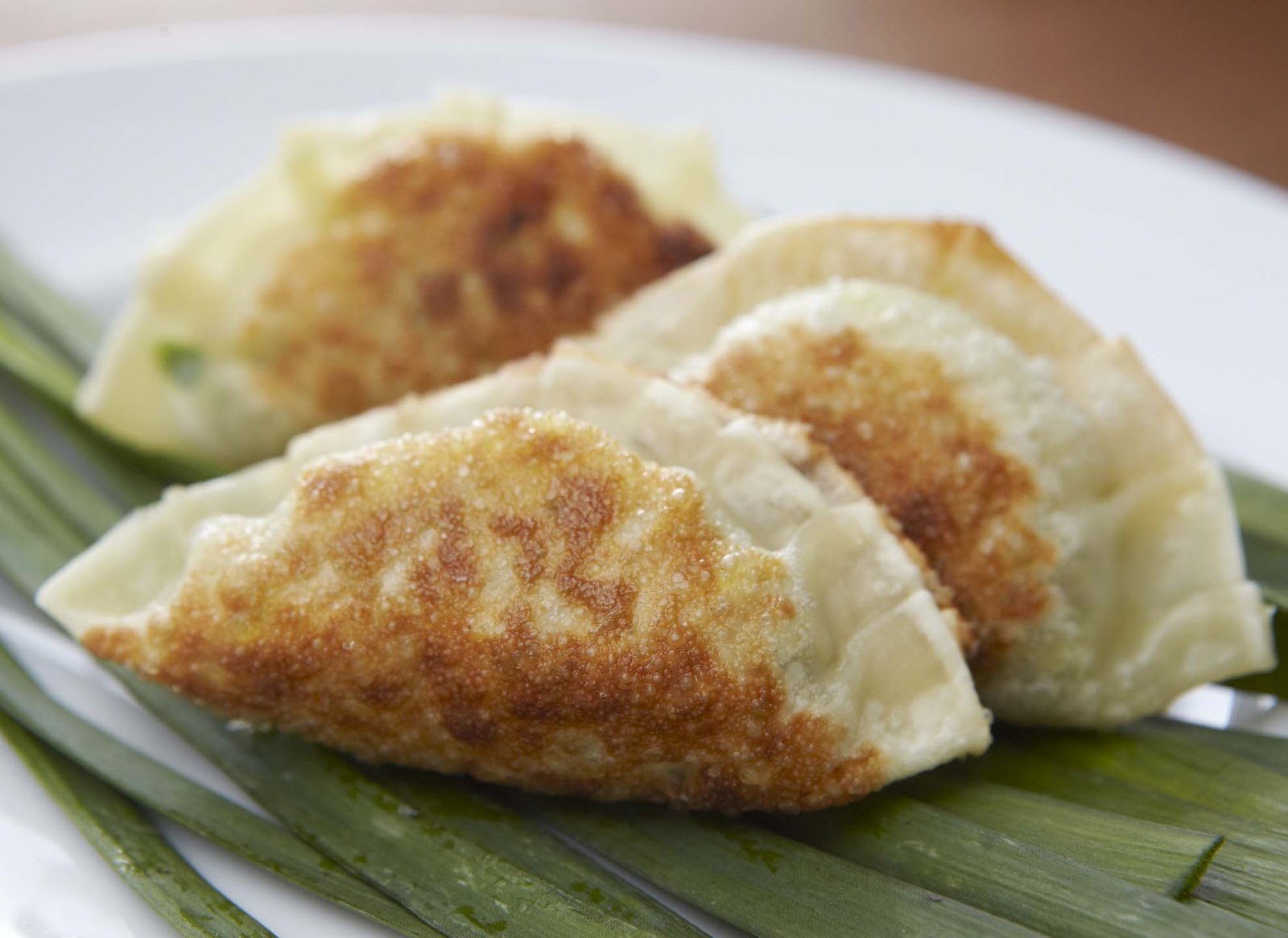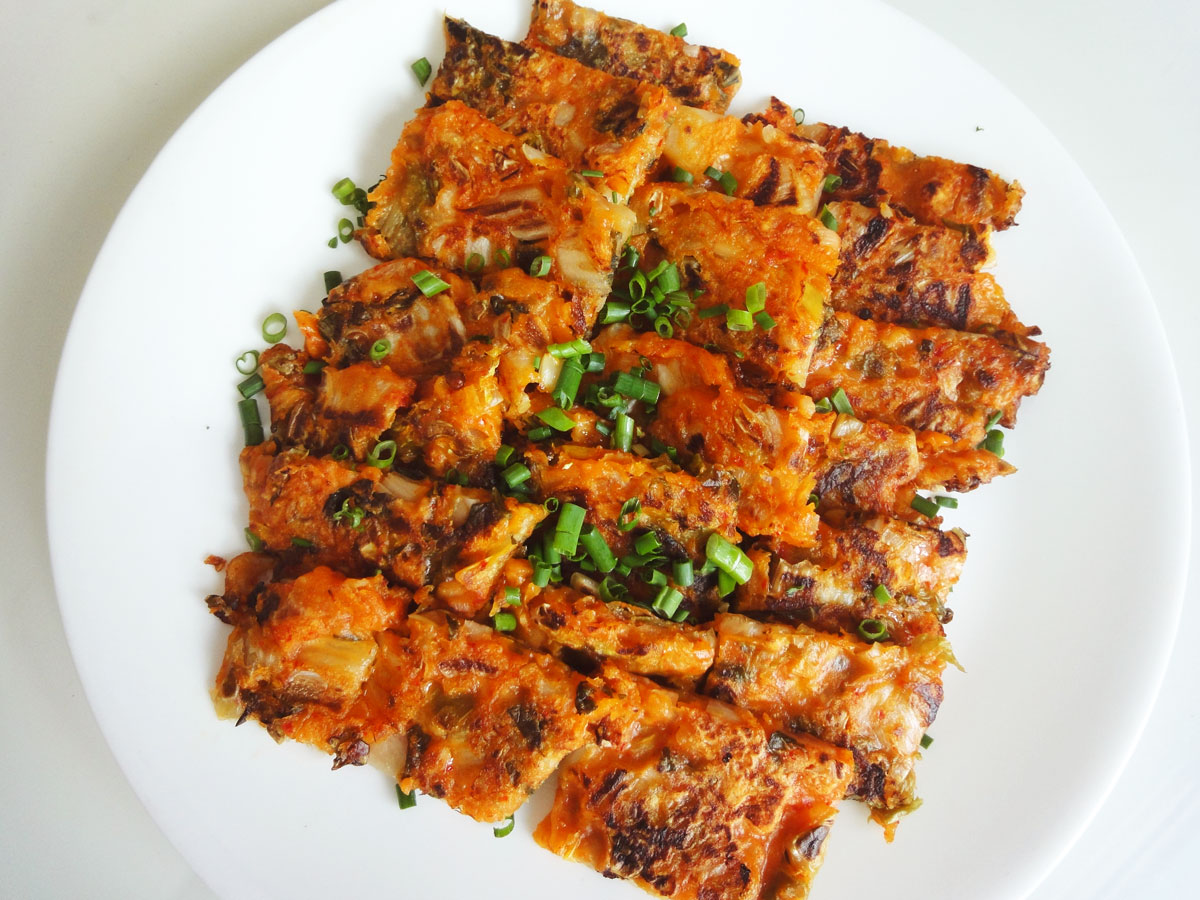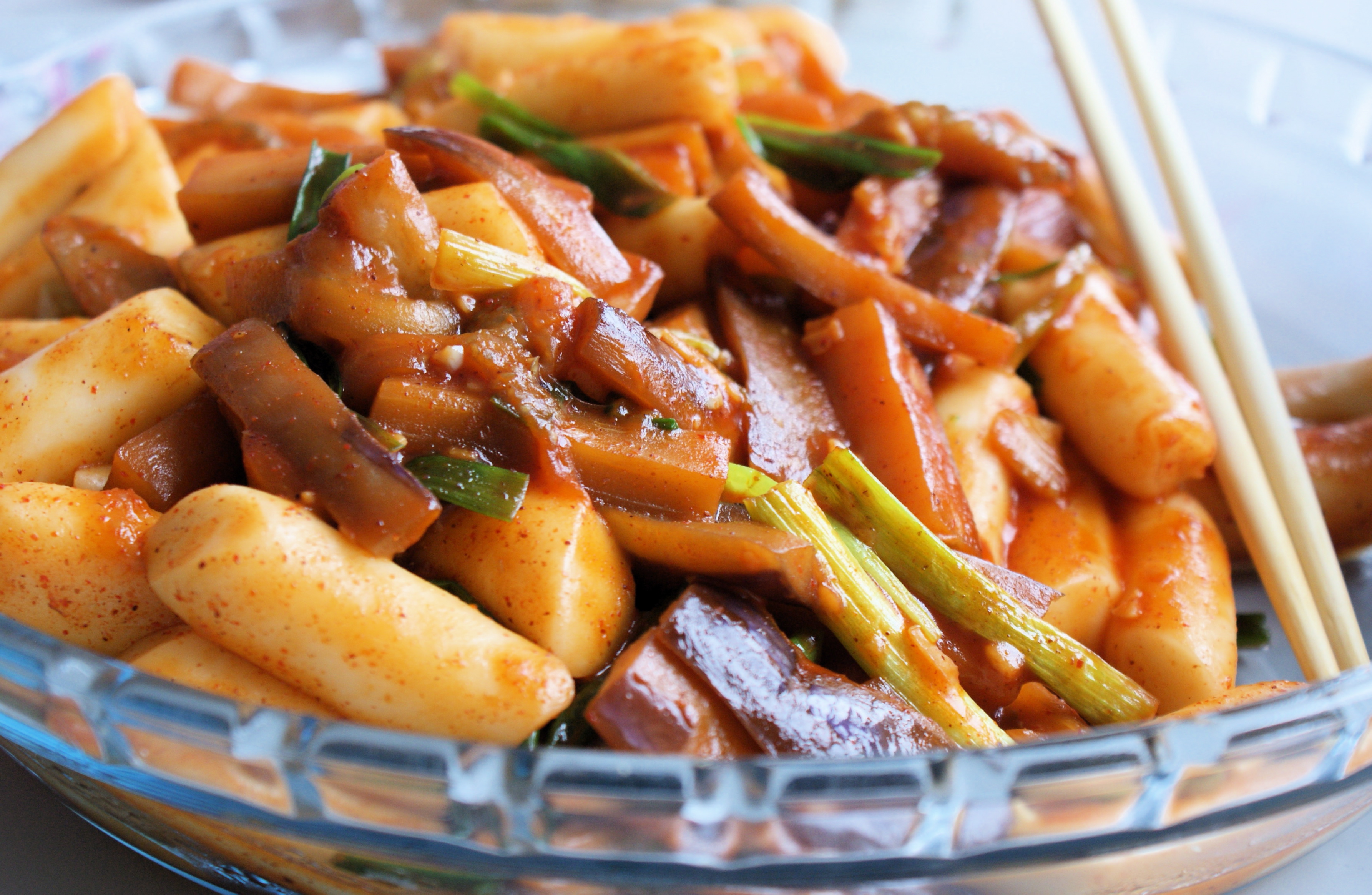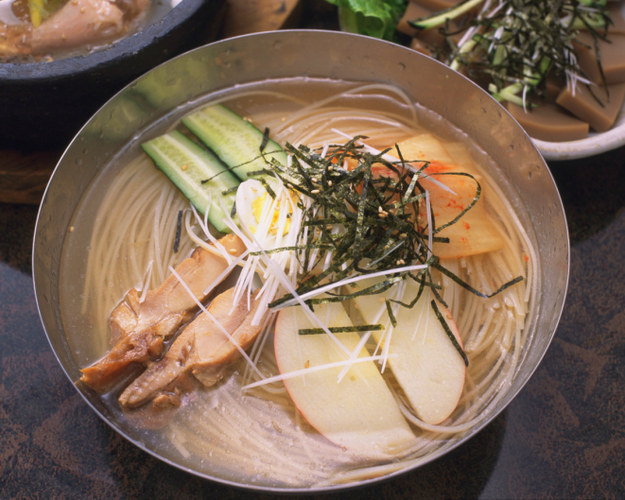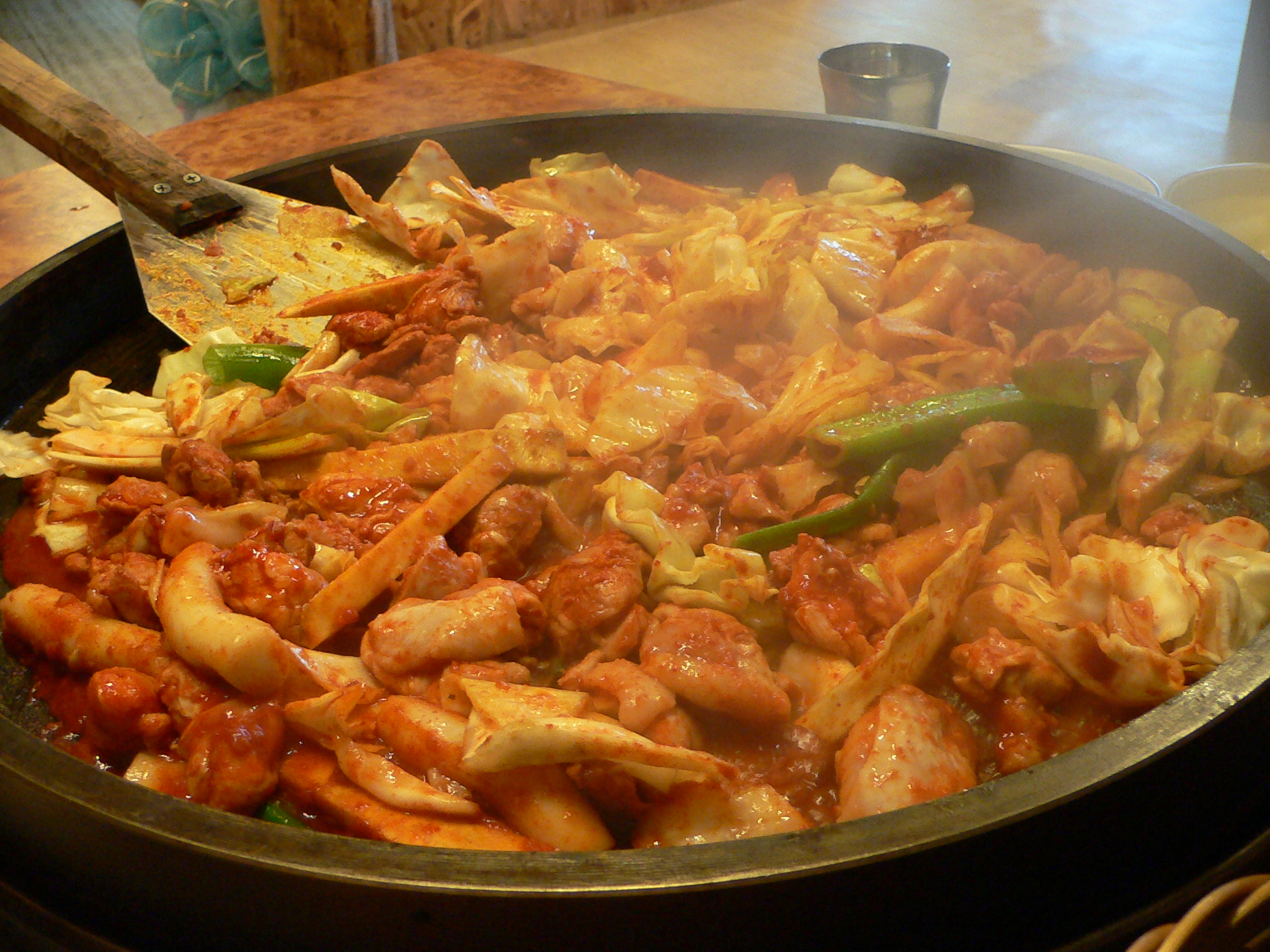A Beginner’s Guide To Eating Something Other Than Kimchi At A Korean Restaurant
With Korean pop culture being all the rage among Malaysians these days, it's no surprise that we would soon find ourselves craving for Korean cuisine as well. But first, you gotta learn how to make head and tails of what's written on the menu!
Once in a while, you'd probably find yourself craving for some kimchi. So you walk into a Korean restaurant, sit down in anticipation of a steaming bowl of food, take a look at the menu and... wait, what?
Well, you recognise the letters as those belonging to the ABC family... but all you're seeing is gibberish and a few food images that aren't really that much help at all
Note: Some Korean restaurants do provide brief descriptions of each food item and / or individual images for your reference.
All that "gibberish" are actually romanised versions of what Koreans label individual food items as. So before you decide on dinner via random selection, familiarise yourself with some terms commonly used in Korean cuisine:
Guk - soup-like dishes that are often made with meats, shellfish, and vegetables.
Tang - although usually grouped together with guk, tang dishes contain less water.
Jjigae - thicker, heavier seasoned soups or stews.
Bap - basically meaning rice, usually used as a prefix for rice-based dishes.
Guksu or Myeon - noodles and noodle-based dishes i.e. ramyeon refers to Korean instant noodles.
Jjim and Seon - steamed or boiled dishes.
Hoe - originally referring to any kind of raw dish, it is now generally used to refer to saengseonhweh (raw fish dishes).
Jeon or Buchimgae - savoury pancakes made from various ingredients.
Typically, you will be served an assortment of banchan or side dishes to accompany your meal. The best part - not only are they free, you can refill them as many times as you want!
The number of side dishes you are given depends on the restaurant and formality of the meal. Selections may include the traditional kimchi (fermented cabbage), kkakdugi kimchi (fermented radish), kongnamul (bean sprouts), sigeumchi namul (spinach), gyeran jjim (egg casserole), Korean-style potato salad, and much more.
Now that we've got the basic terms and side dishes covered, here are some main dishes to start off with:
1. Bibimbap (비빔밥, "mixed rice")
There are a few variations of bibimbap, with dolsot bibimbap being the most popular of them all. Served in a heated earthen pot, rice is placed at the bottom of the pot and then covered with an assortment of vegetables like spinach, bean sprouts, marinated roots, julienned cucumber as well as some thinly-sliced beef and a fried or raw egg on top. Before eating, make sure you mix everything up with some gochujang (red pepper paste).
2. Sundubu Jjigae (순두부찌개)
A Korean meal almost always includes either a jjigae (stew) or a guk (soup) that is usually eaten with a bowl of white rice and several banchan.
Sundubu jjigae is made with uncurdled dubu (tofu), vegetables, mushrooms, onion, gochujang (chili paste) or gochu garu (chili powder), and in some cases, with seafood (commonly oysters, mussels, clams and shrimp) and/or meat (commonly beef or pork). The dish is served while still bubbling vigorously and traditionally, the diner puts a raw egg into the stew while it is still boiling.
3. Mandu (만두) a.k.a. Korean dumplings
Usually served with kimchi alongside a dipping sauce made of soy sauce, vinegar, and chilli, mandu are often filled with minced meat (beef, pork, or chicken), tofu, green onions, garlic, and, ginger. Serving variations of these dumplings include mulmandu (boiled dumplings), yaki mandu (fried), and manduguk (in soup).
4. Kimchijeon (김치전) a.k.a. Kimchi pancakes
Also known as kimchi buchimgae, kimchijeon is primarily made with sliced kimchi, flour batter and sometimes, some vegetables and ground meat.
5. Japchae (잡채)
Sweet potato noodles or vermicelli noodles are stir-fried in sesame oil with vegetables such as thinly-sliced carrots, onion, spinach, and mushrooms. It is sometimes served with beef (flavoured with soy sauce and sweetened in sugar) and garnished with sesame seeds and slivers of chilli.
6. Tteokbokki (떡볶이)
Koreans regard tteokbokki as snack food, but it's actually quite filling on its own. Flavoured with red pepper paste, it is made from soft rice cakes, fish cakes, and optionally, boiled egges, pan-fried mandu, sausages, ramyeon, and a variety of fried seafood or vegetables.
7. Kimbap (김밥, "seaweed rice")
It may look a lot like Japanese sushi, but the difference lies in that the rice is lightly seasoned with salt and sesame oil/perilla oil instead of vinegar. Wrapped with nori (dried seaweed), variations on the filling include fish, meat, eggs, and vegetables, whether pickled, roasted, or fresh.
8. Bulgogi (불고기, "fire meat")
Typically cooked on a grill that is sometimes placed right in the middle of the table, bulgogi refers to thinly-sliced or shredded beef marinated in soy sauce, sesame oil, garlic, sugar, scallions, and black pepper. Other meat variations include pork (dwaeji bulgogi), chicken (dak bulgogi), and squid (ojingeo bulgogi).
9. Naengmyeon (냉면, "cold noodles")
Consisting of several varieties of thin, handmade buckwheat noodles, naengmyeon is usually served with a tangy iced broth, raw julienned vegetables (cucumbers) and fruit (Korean pears), and often with a boiled egg and cold-cooked beef. Spicy mustard sauce and vinegar are often added before consumption. Traditionally, the long noodles would be eaten without cutting, as they symbolized longevity of life and good health.
10. Dak Galbi (닭갈비)
A popular dish with university student who are on a low budget, dak galbi is a dish generally made by stir-frying marinated diced chicken in gochujang (red pepper paste)-based sauce, sliced cabbage, sweet potato, scallions, onions, perilla leaves, and tteok (rice cake) together on a hot plate.
So the next time you walk into a Korean restaurant, we hope you have at least some knowledge on what to feast upon!



